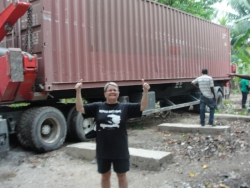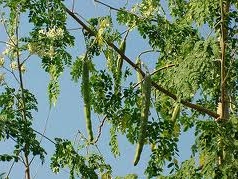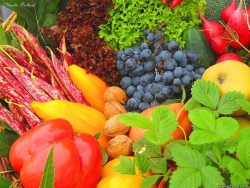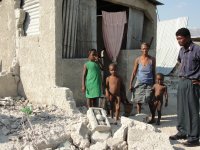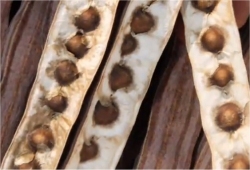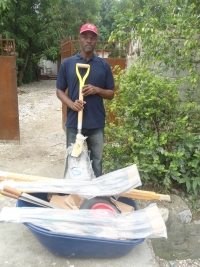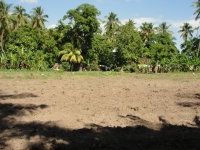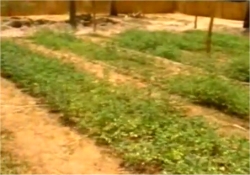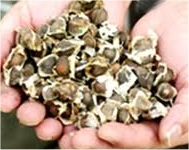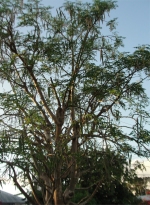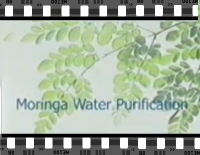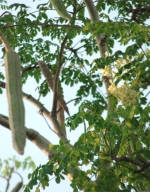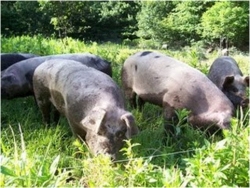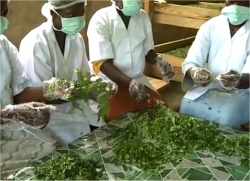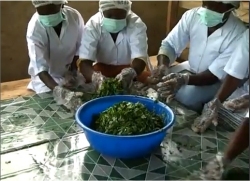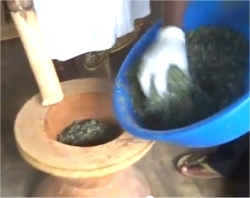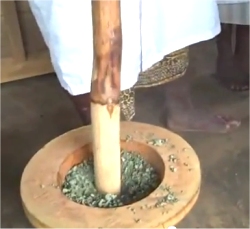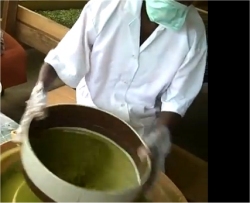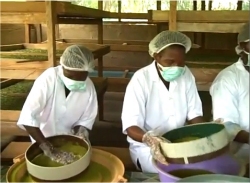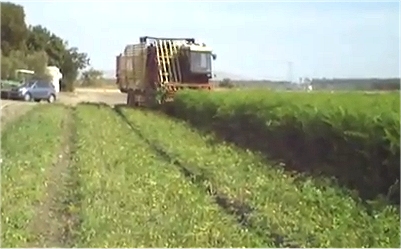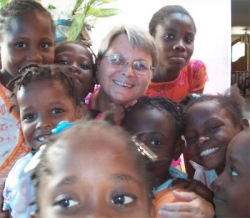
|
|
| During the ‘Financially
Free Seminars’ Adam issued a challenge to a few selected
candidates who he issued with US $5 bills. The object was
to see how they would invest this money with the greatest
return.
Adam seen here far left in Barbados.
|
|
| 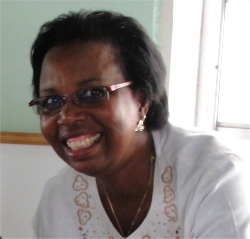
|
One such person was the United
Caribbean Trust's (UCT) vice chair Dr Carol Phillips.
After careful consideration
Dr Carol decided to invest her US $5 in our UCT Haiti Moringa
Pilot Project and purchased 100 small grow bags.
|
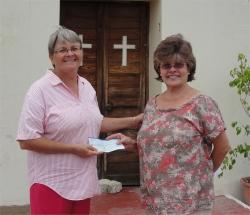
|
Barbara Anne, the UCT PR Director
was also one of the chosen candidates and she also decided
to add her US $5 to Dr Carol's and purchase another 100
small grow bags - demonstrating the power of unity.
Jenny
Tryhane, the founder of UCT
decided to join forces with this team and matched the donation
invested in a total of 300 Moringa grow bags!
These were taken to Haiti in
January 2013 by Jenny as part
of the UCT Moringa Pilot Project.
|
Jenny took the 300 grow bags
to Haiti along with a 40 foot container packed with equipment
and materials needed to establish an agricultural and vocational
training program called 'A Sustainable Haitian Integrated
Food Training (SHIFT) Project
Seen here Jenny obviously delighted to
have their container in Les Cayes.
| |
Successful farms have more than one enterprise and
UCT will be encouraging a mixed farming enterprise to improve cash
flow and reduce financial and business risk. The entire operation
will be a model of ecologically sustainable agriculture.
One of the first efforts was to utilize the 300
grow bags, purchased with the US $15, and establish a Moringa
Pilot Project.
CLICK
on the video link below to view a You Tube video on Moringa 'The
Miracle Tree'
Moringa is one the greatest
gifts which Nature bestowed on man - this was known to the
ancient world and they regarded the tree as a “Cure-all
Tree”. They also saw the Moringa tree as an “Elixir
of long life”, “the Tree of Immortality”,
“the Tree of Life”, “the Never Die Tree”,
“the Miracle Tree" and “Mother’s best
friend”.
In Haiti it is called the Benolive tree (referring
to the oil that can be squeezed out of the seeds) |
|
Nutritional analysis has shown
that Moringa leaves are extremely nutritious especially when dried.
There is a massive increase in vitamin content in the dried leaves
compared to fresh green leaves except for vitamin C. (In green leaves
there is 7 times more Vitamin C than in oranges.)
In dried leaves there are:
- 17 times more Calcium in dry Moringa leaves than
in milk
- 10 times more Vitamin A in dry Moringa leaves
than in carrots
- 15 times more Potassium in dry Moringa leaves
than in bananas
- 25 times more iron in dry Moringa leaves than
in spinach
- 9 times the protein in dry Moringa leaves than
in milk
|
|
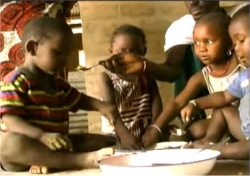 |
Another important point is that Moringa
leaves contain all of the essential amino acids, which are
the building blocks of proteins. It is very rare for a vegetable
to contain all of these amino acids.
Moringa leaves could be a great benefit
to the Haitians who do not get a lot of protein from meat.
|
|
Experts tell us that over 30% of children in Haiti are protein
deficient.
Kwashiorkor is a severe protein deficiency,
a malnourishment that kills 15% of Haitian children before
their fifth birthday. Just one teaspoon of dried Moringa Leaf
Meal (powder) three times a day can prevent and treat Kwashiorkor
and save the lives of children in Haiti.
|
|
| UCT Moringa
Pilot Project:
Moringa seeds were sourced in Haiti and were
soaked overnight prior to planting.
|
|
|
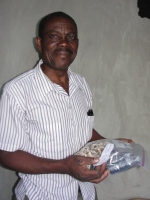
|
A Haitian farmer was identified to be involved
in the Haiti Moringa Pilot Project. He was given the 300
seeds and the 300 'seed bags donated by Dr Carol,
Barbara Ann and Jenny all of who attended the ‘Financially
Free Seminar’.
It took a few months to organize and lay
the foundations but at last the 5 dollar challenge had been
taken up.
Seen here Lucner Laine one of the farmers
taking part in the UCT Moringa Pilot Project with his 300
grow bags and seeds from the 5 dollar challenge!
|
|
UCT also provided him and each
of the three other farmers taking part in the Moringa Pilot
Project with a wheelbarrow, fork, spade, hoe, peck, gloves
and a cutlass.
|
|
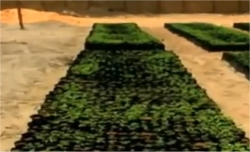
|
Once the 300 Moringa had sprouted, they
were watered until they were about 18 inches tall.
|
•The 300 plants
were used as Living Fencing around Lucner's land, they were
planted at 1 meter intervals and wire is to used between the
trees once they become more established
• Existing trees had already been removed
• The land was well ploughed
• Manure application will be achieved by rabbit and chicken
droppings as a by produce of The SHIFT Project. |
|
Moringa trees can also be planted
very close together as a field crop, at a spacing as close
as ten centimeters.
When planted as a field crop Moringa can be
harvested frequently. This technique produces a large amount
of usable green matter from a relatively small amount of space.
|
|
| 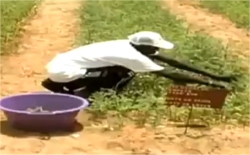
|
Moringa can be grown intensively with no
irrigation and small amounts of fertilizer. It thrives well
in dry, poor, sandy soil and is very drought tolerant making
it ideally suitable for the arid areas in Haiti where other
crops do not survive.
|
|
If the Moringa plantation is irrigated and
fertilized harvesting can be achieved every 35 days—ten
crops per year—with a total yield of 650 tons of green
matter per hectare.The plants are harvested 10 cm above the
base, and all of the leaves and green shoots can be used.
This yield can be consistent from the same plants for seven
years. This can meet the Vitamin A needs of 15,000 children!
|
|
| 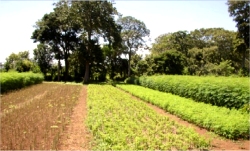
|
Using this technique of intensive cultivation,
plots of Moringa can be planted on a rotation schedule,
so that there is an ongoing supply of green matter.
|
|
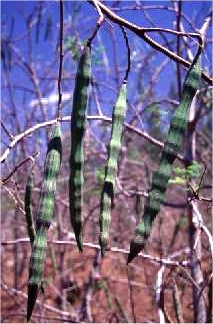
|
Moringa can be planted 1 meters apart, in
rows that are at least 2 meters apart, for easy weed removal
and walking through the rows. This will allow the Moringa
to grow tall and mature.
These mature Moringa can provide
pods for eating and seeds for propagation or the production
of BenOil.
|
Moringa has been used for thousands of years by
Africans and Indians to treat over 300 different diseases and ailments.
It is a sustainable food source for third world countries where
malnutrition is prevalent and UCT is excited about the potential
of introducing it as part of our Haiti and Africa child sponsorship
feeding program.
| Regular
use of Moringa can:
- lowers blood pressure
- enhance a feeling of well being
- treat stomach disorders.
- healthier bones, skin, teeth and nails
- treat diarrhea
- a stronger immune system
- boosts energy levels
- reduces blood sugar
- reduces osteoporosis
- plus more!
|
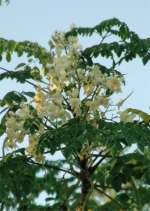
|
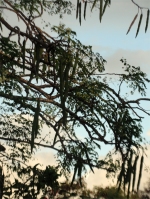 |
HOW TO USE THE LEAVES:
• Add fresh leaf or dry leaf powder
to dishes like salads and soups.
• Brew delicious tea with Moringa Tea Leaf Powder.
• Add Moringa Leaf Powder to your favorite dip or
sauce to give it a nutritional boost.
• Use natural and body-friendly cosmetic products
like:
a.The Moringa Facial Mask.
b.Moringa Deodorant, Moringa Lip Balm and Moringa soap.
c.Moringa Oil is good for the body, inside and out!
|
| HOW TO
USE THE SEEDS:
Moringa seeds contain oil that can be used
for cooking. It has a pleasant nutty taste, and never goes
rancid and is used in fine machinery. BenOil burns clean and
so is a good source for heat and light
|
|
The seed cake left over after extracting oil can
be used as a protein-rich plant fertilizer and can also be used
for water purification.
An age-old method 'Purifying Water With Moringa'
Oleifera seeds is demonstrated in this YouTube video.
CLICK
to view.
MORINGA AS ANIMAL
FODDER:
Moringa leaves will be fed to the chickens, pigs
and rabbits within the UCT SHIFT Project. Leaves can also be used
as food for the Tilapia fish in the UCT Aquaponic Program..
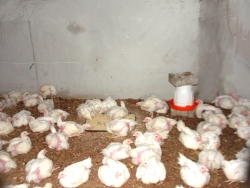 |
Poultry production plays a major role in
bridging the protein gap in developing countries where average
daily consumption is far below recommended standards.
However, the productivity of poultry in
the tropics has been limited by scarcity and consequent
high prices of the conventional chicken food.
|
Moringa leaf meals do not only serve as protein source but also
provide some necessary vitamins, minerals and oxycaretenoids which
cause yellow colour of broiler skin, shank and egg yolk. Feeding
chickens with Moringa leaves and seeds will improve egg production.
The inclusion of Moringa Oleifera Leaf Meal up to 30% in the diet
of chickens had no negative impact on body weight, health and mortality
rate in birds.
Considering the high price of commercial poultry food the inclusion
of Moringa and other leguminous leaves in the diets of chickens,
such as Mulberry, is a real opportunity for chicken farmers to improve
not only the productivity and nutritional status of their birds
but also their income with a 50% saving.
| Fattening pigs on 50% Moringa stems
and leaves, 10% Leucaena, 38% Mulberry and 2% nutrient salts
will lead to good growth rates and significant cost savings. |
|
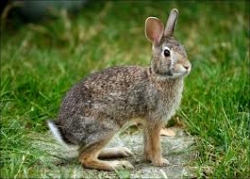 |
• Moringa Oleifera Leaf Meal (MOLM) could be used
to improve daily weight gain in rabbits.
• Producing similar economic benefits as Soya Bean
Meal (SBM) diet.
• MOLM is non-toxic to rabbits at least at the 20%
diet inclusion level.
• It has the potential to reduce cholesterol level
in blood and the meat of rabbits.
|
| STEP 1- Harvesting:
Within less than six months our 300 special
Moringa plants will be ready for the first harvest.
|
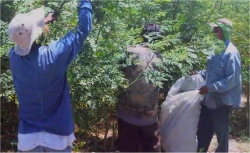
|
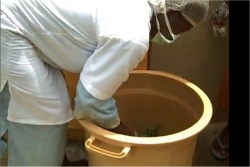
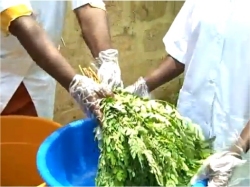 |
-
The Moringa leaves will
be transported to the Processing Plant where they are
first washed in large buckets or pots in well or catchment
water.
- The second wash is done in Sawyer
PointOne filtered water. This is the fastest, easiest
and most cost efficient way to get potable water.
Photographs compliments of Shape
Lives Foundation
|
|
Step 3 - Picking:
Hats, masks, gloves and over coats are worn
to comply with good food hygiene standards.
The washed Moringa leaves are then removed
from the twigs. (These can be chopped into 10cm pieces and
fed to sheep and goats)
Once removed the washed leaves are collected
and placed in a large bowl.
Photographs compliments of Shape
Lives Foundation |
|
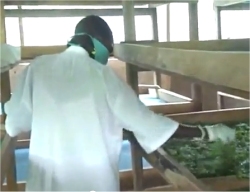
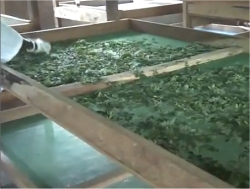
|
Step 4 - Drying:
The leaves are now placed in the drying
trays in the shade for 2 - 3 days.
The leaves are shifted around a few times
per day to ensure a circulation of air.
The drying area must be rodent free and
out of direct sunlight which will destroy the Vitamin A
content.
Photographs compliments of Shape
Lives Foundation
|
|
Step 5 - Pounding:
The dried Moringa leaves are then pounded
using a Mortar Pestle before packaging.
Photographs compliments of Shape
Lives Foundation |
|
| 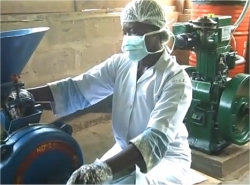
|
Step 6 - Grinding:
After the
pounding the leaves can be passed through a grinding machine
but at the moment UCT is not able to purchase a grinder.
Approximately US $15,000 would be needed to
set up this next stage of production.
Photographs compliments of Shape
Lives Foundation |
Step 7- Sieving
After the grinding the leaves will be sieved
to produce the powder.
Photographs
compliments of Shape
Lives Foundation |
|
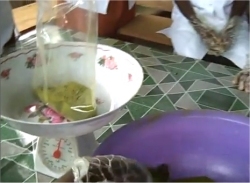
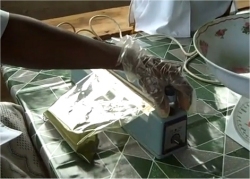
|
Step 8 - Weighing, packaging
and sealing:
These Moringa Leaf Packs will be initially
given to the two orphanages that UCT will be coming alongside
to assist with their Physical and Spiritual feeding.
Eventually once we are equipped with the
grinding machine UCT will be capable of producing Moringa
Oleifera Leaf Meal (MOLM) or powdered Moringa leaves.
These packs will be exported to the American
Health Market to generate revenue for the ministry and sold
online on www.moringaonlinestore.com.
A commercial website being prepared in readiness
for this Internet business.
Photographs compliments of Shape
Lives Foundation
|
|
Arc en Ceil Orphanage
Seen here the UCT container being delivered
to the site of the Mission House in Les Cayes. We will be
establishing the Moringa Processing plant in the grounds of
this property.
This will be home to Arc
en Ceil an Holy Seed International initiative.
|
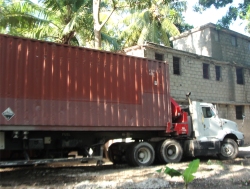
|
 |
UCT is delighted to coming alongside
Lady Mary Beckles the founder of Holy Seed International and
to be able to supply her orphanage with Moringa to supplement
their diet and improve their dietary protein intake.
The children within the orphanage will be
taught about Moringa and become actively involved in the processing
plant. |
Centre
Educatif Chritien pour Les Sourds - Orphanage
|
These delightful children are
all deaf and attend this Centre
Educatif Chritien pour Les Sourds - Orphanage and school,
it is managed by Lucner's wife.
UCT is delighted that we will
be able to bless them with packages of dried Moringa Oleifera
Leaf Meal to supplement their diet. As well
as green Moringa leaves for their chicken run. |
|
|

| I love
you!
All birthed out of
three US $5 donation, combined to demonstrate the strength
in unity within the body of Christ. |
| During the ‘Financially
Free Seminars’ Adam issued a challenge. The object was
to see how we would invest this money for the greatest return.
Well we have taken our collective US $5
and we will be saving children from Kwashiorkor.
Now we issue you a challenge help us raise
the US $15,000 needed to extend this program.
|
|
| 
|
We are appealing for help and
advice from Renae Quinton a multi-talented entrepreneur.
In 1998 following the opening
of Electric Villages Inc., a marketing and technology agency
in Toronto, Canada, she developed many ground-breaking marketing
campaigns for global fortune 500 companies.
|
|
Seen here a commercial
Moringa harvesting machine.
UCT is believing God to establish a large
scale commercial Moringa Plantation on 2,000 hectares of land
in DR Congo owned by UCT.
|
|
|
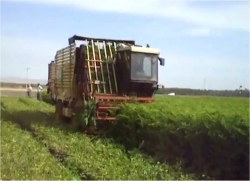
|
We are seeking EVillages help.
EVillages is an International marketing
firm offering high value creative, brand consulting, and
full service marketing services. The Moringa Project needs
this level of marketing to establish our online business.
This will require a major financial investor
to see this dream become a reality
|
Checks can be deposited or
wired to :
| United
Caribbean Trust
CIBC/ First Caribbean
International Bank
Super Centre Complex, Warrens,
St. Michael Barbados
Account number 1001092544
Swift Code FCIBBBBB
CHEQUES CAN BE POSTED TO:
United Caribbean Trust
P O Box 5123
Warrens, St. Michael
Barbados
|
|
Contact UCT united_caribbean@yahoo.com
|
|


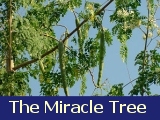
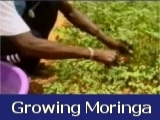
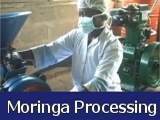


.jpg)
.jpg)








